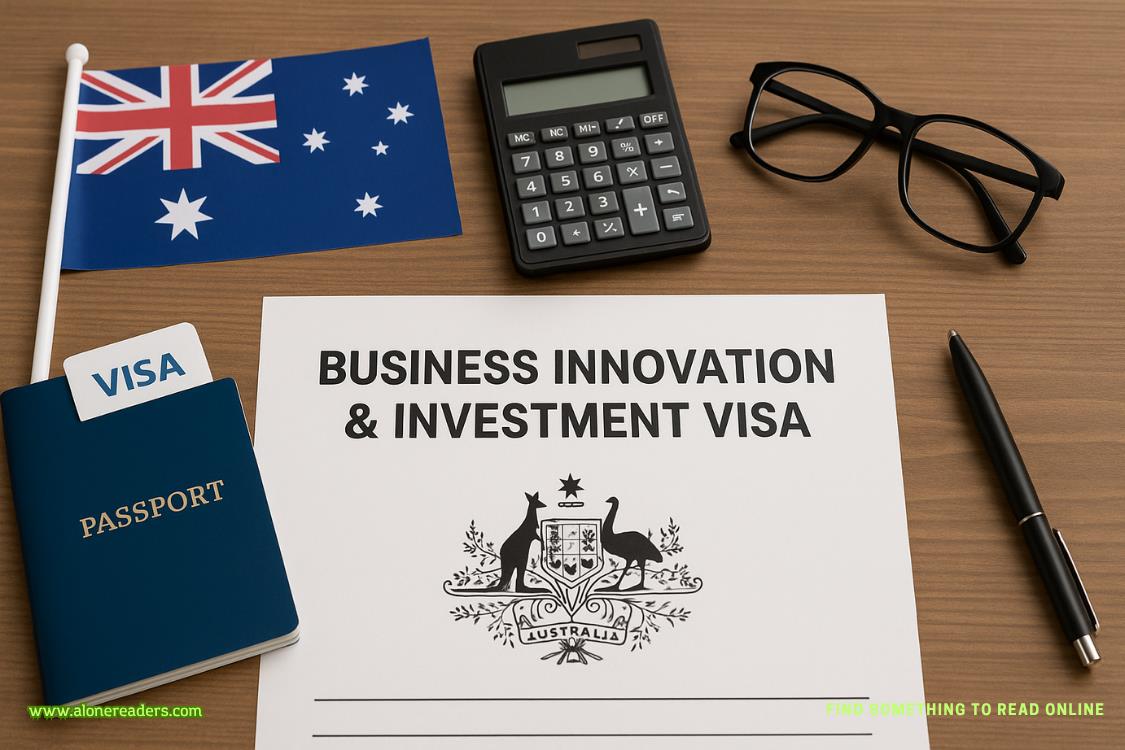“And nothing in his texts or emails either?”
“No.”
Sarah followed the Mercedes off the motorway. “And what, pray tell, do you deduce from this?”
“That Van de Velde and his associates are careful.”
“The other possibility is that Van de Velde intends to show Julian a worthless Dutch or Flemish portrait that he found in an Amsterdam flea market. Which would mean that you’ve dragged me here for no good reason.”
“You had big plans today?”
“I was thinking about taking my luncheon at the Wolseley. And then, of course, there’s my usual après-work Belvedere martini at Wiltons. Three olives, Saharan dry, painfully cold.”
Sarah had a voice and manner from a different age. As always, Gabriel felt as though he were conversing with a character from a Fitzgerald novel. “I’m sure we can find you a decent martini in Amsterdam,” he said.
“I wish we could say the same for your perhaps Leonardo. But the chances that the painting is in the hands of Peter van de Velde are slim to none.”
“I happen to think the odds are a bit more favorable.”
“And if it is your Leonardo?”
“I shall make entry into the gallery and reclaim it. And then I will ask Van de Velde to provide me with the names of his associates.”
“What happens if Van de Velde decides to ring the authorities?”
“You don’t know much about criminals, do you?”
“Thanks to you, I know a great deal about criminals. And Peter van de Velde never struck me as one.”
“You don’t seem to know much about art dealers either.”
“We’re not all corrupt, you know. Some of us actually have standards.”
“You’ll get over that, I’m sure.” They were headed east along the Overtoom, one of Amsterdam’s busiest boulevards. The black Mercedes sedan was nowhere in sight. “It appears as though you’ve managed to lose him.”
“I’ll pretend I didn’t hear that.”
They crossed the Singelgracht and entered the Canal District. Bicycles lined the bridges and leaned against the brickwork of the gabled houses. Galerie Van de Velde occupied two floors of a commercial building on the Prinsengracht. They arrived there in time to see Julian teetering through the front door.
“The eagle has landed,” said Gabriel.
“In all his glory,” added Sarah.
She rolled slowly past the gallery and guided the Renault into a parking space along the embankment of the canal. Gabriel increased the volume on the feed from Van de Velde’s compromised mobile phone. “Julie!” the art dealer exclaimed. “Tell me all about Venice. Is the Titian as glorious as they say?”
“Is it?” inquired Sarah.
“Julian seems to think I’m the greatest restorer who ever lived.”
“I might have something for you, if you can spare the time.”
“I have a feeling I’ll soon be working on a lost portrait of a young woman.”
Sarah smothered another yawn. “Slim to none, darling.”
***
The paintings hanging in the gallery’s quaint exhibition rooms were mainly nineteenth-century Dutch landscapes, still lifes, and floral arrangements, the kind of pictures that high-end London dealers likeJulian referred to derisively as “chocolate box.” Peter van de Velde was a touch chocolate box himself. The formfitting suit, the too-long leather loafers, the gelled and coiffed head of gray-blond hair, the pricey Swiss timepiece—everything was just so.















